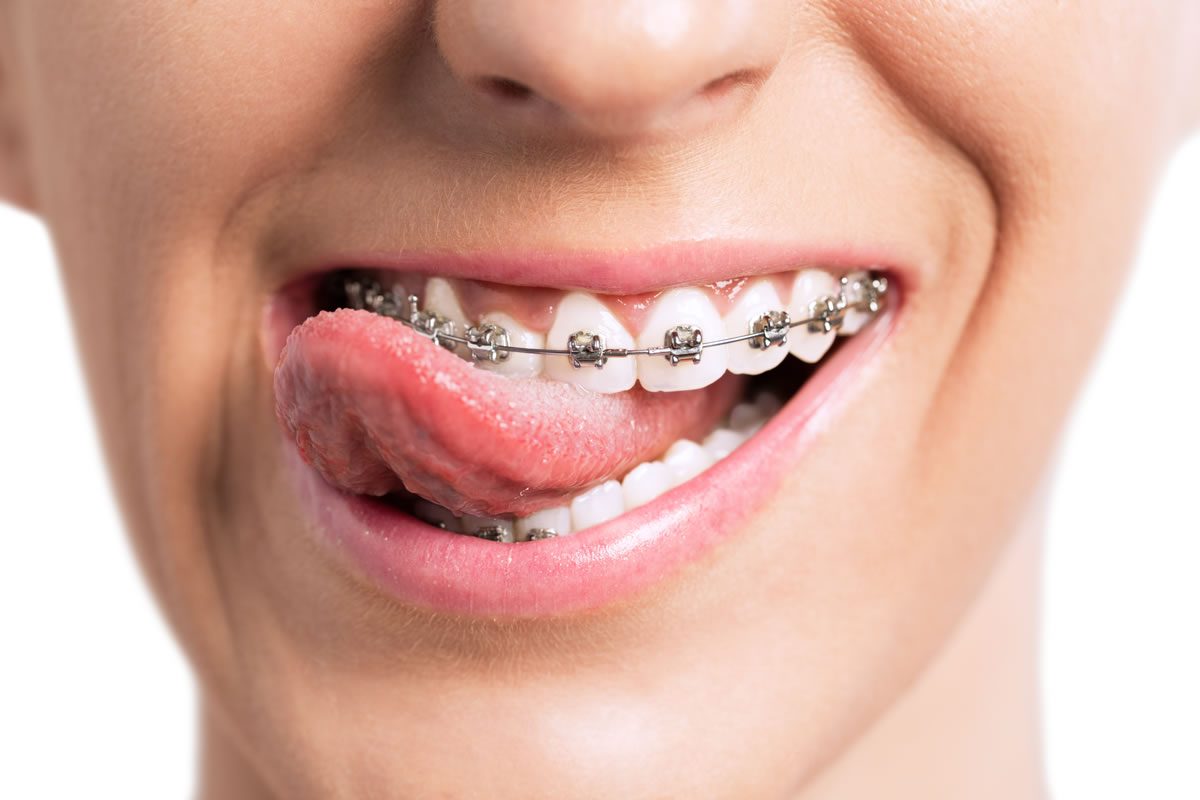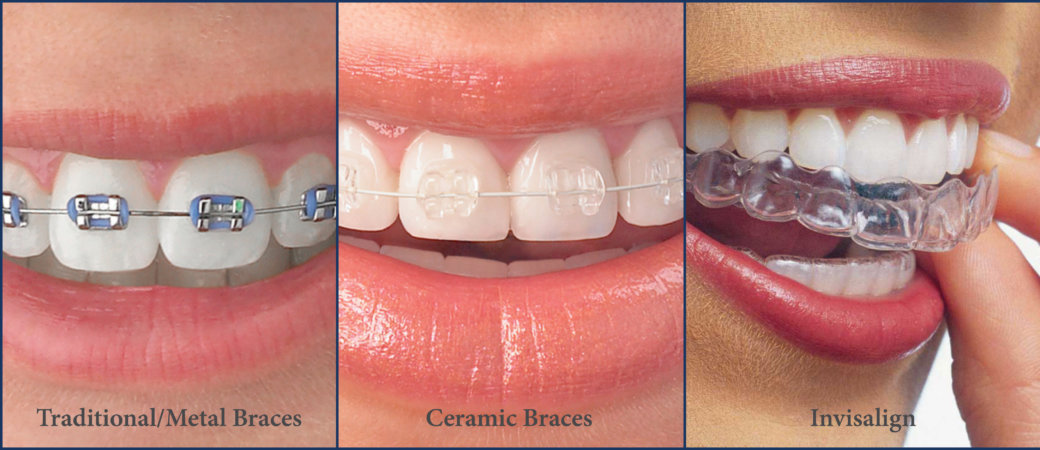Causey Orthodontics - The Facts
Table of ContentsThe smart Trick of Causey Orthodontics That Nobody is DiscussingExamine This Report about Causey OrthodonticsHow Causey Orthodontics can Save You Time, Stress, and Money.Facts About Causey Orthodontics UncoveredCausey Orthodontics Things To Know Before You BuyFacts About Causey Orthodontics RevealedSome Known Incorrect Statements About Causey Orthodontics
What is the distinction between a dental expert and an orthodontist? All dentists, including orthodontists, treat the teeth, gum tissues, jaw and nerves.
You can think of both doctors who treat gum tissue and teeth troubles. The major difference is that becoming an orthodontist requires a certain specialty in treating the misalignment of the teeth and jaw.
Everything about Causey Orthodontics
An orthodontist is a dental professional that has gone through training to focus on the medical diagnosis, avoidance and therapy of irregularities in the jaw and teeth. Their training includes fixing these existing problems. They can additionally recognize possible issues in teeth alignment that might develop when problems are left untreated. Orthodontists can help people of all ages.
This consists of all the needed education and learning to become a general dental expert. According to the American Pupil Dental Organization (ASDA), it suggests you will certainly need to have either a Physician of Medicine in Dental Care (DMD) or a Doctor of Oral Surgery (DDS). To put it simply, orthodontists need to complete dental institution and then get an orthodontics specialty education and learning.
Some orthodontists additionally get their masters in craniofacial biology. These programs concentrate on 2 particular areas or disciplines: Dentofacial Orthopedics: This study focuses on guiding teeth and jaw development.
About Causey Orthodontics

 These consist of device such as dental braces, retainers and Invisalign. What does an orthodontist do, and what do they focus on? The overall objective of an orthodontist is to improve a person's bite. Not everyone is born with straight teeth, and an orthodontist will make sure that patients obtain evenly spaced straight teeth.
These consist of device such as dental braces, retainers and Invisalign. What does an orthodontist do, and what do they focus on? The overall objective of an orthodontist is to improve a person's bite. Not everyone is born with straight teeth, and an orthodontist will make sure that patients obtain evenly spaced straight teeth.
Getting The Causey Orthodontics To Work
The American Association of Orthodontists recommends your initial check up by age 7. You'll require to see your orthodontist if you have an imbalance in your teeth, additionally referred to as malocclusion. Likewise, if you observe uneven bite patterns, a slightly misshapen jaw, or when your teeth are overcrowded, you will likely need orthodontic treatment.
In enhancement, we provide adjustable treatment schedules, versatile payment choices and an enjoyable, pleasurable experience.
An orthodontist is a dentist educated to identify, stop, and treat teeth and jaw abnormalities. Orthodontists work with people of all ages, from youngsters to adults (https://sco.lt/85NXJw).
Causey Orthodontics Can Be Fun For Anyone
Malocclusion, or misaligned teeth, can lead to dental concerns, including dental cavity, gum tissue disease, and hard or agonizing eating. Not everyone is born with straight teeth. If you have a poor bite or big areas in between your teeth, you might desire to consult a dental practitioner specializing in orthodontic care.
(Photo Credit Score: DigitalVision/Getty Images) Orthodontists utilize repaired and removable dental devices, like braces, retainers, and bands, to change the position of teeth in your mouth. Orthodontic therapy is for dental irregularities, consisting of: Uneven teethBite troubles, like an overbite or an underbiteCrowded teeth or teeth that are also much apartJaw misalignmentThe goal of orthodontic therapy is to boost your bite.
The 2-Minute Rule for Causey Orthodontics

, yet not all dental experts are orthodontists. They concentrate on two locations: Exactly how to appropriately and safely move teeth Just how to effectively direct advancement in the teeth, jaw, and faceOnce an orthodontist has finished training, they have the choice to end up being board accredited.
Malocclusion leads to tooth congestion, a misshapen jaw, or uneven bite patterns. Malocclusion is normally treated with: Your orthodontist attaches steel, ceramic, or plastic square bonds to your teeth.
Causey Orthodontics Things To Know Before You Get This
If you have just minor malocclusion, you might be able to make use of clear dental braces, called aligners, rather than typical dental braces. Some people require a headgear to help move teeth into line with stress from outside the mouth. After braces or aligners, you'll require to wear a retainer. A retainer is a custom tool that keeps your teeth in location.